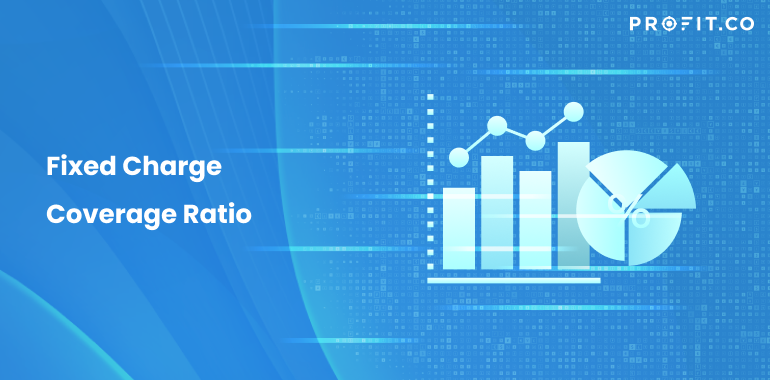Whether a company is able to pay off its fixed charges or expenses with its own income or not – before income taxes and interests – is determined by the fixed charge coverage ratio. This financial ratio can be seen as an expanded version of the times interest coverage ratio or times interest earned ratio.
The fixed charge coverage ratio can prove itself very adaptable as it can be used with almost any fixed cost, such as insurance payments, lease payments, and preferred dividend payments can be eventually built into the formula and calculation of this ratio.
The Basics of the Fixed Charge Coverage Ratio
Investors and creditors will often use this financial ratio to determine a company’s ability to pay off its fixed payments. The fixed charge coverage ratio is shown in numbers, and not in percentages.
Basically, the fixed charge coverage ratio helps a company, and not only, to measure how many times can it pay its fixed costs while using the earned income, before interest and taxes apply.
In short, it shows the owners of a certain business how many times they can use their company’s profit to pay off a month’s worth of fixed costs – of course, the bigger the result is, the better.
This financial ratio may be seen as a solvency ratio as well – naturally because it tells how easy it is for a certain company to pay off its bills.
The Formula of the Fixed Charge Coverage Ratio
In order to come up with a company’s fixed charge coverage ratio, one will first have to add up two variables, the EBIT and fixed charges before taxes, then divide this with two other variables that have been added up, the fixed charges before taxes and interest.
One thing someone has to remember when using this formula is that any type and number of fixed costs can be used in it, as this coverage ratio is not limited to only one of the aforementioned.
Final Statement
As we said before, if the result of the formula that calculates the fixed charge coverage ratio is high, then it means that the company has nothing to worry about for the moment. This also means that the business the company is employed into is less risky and investors/ creditors can invest in/ loan to without taking any chances.
On the other hand, in case of lower fixed cost ratios, it means that a company can’t currently pay off its rent or lease payments. Therefore, this can and will be seen as a signal of insolvency – if the ratios don’t go up, the company will probably go out of business very soon.
Furthermore, lower fixed cost ratios mean that investor and creditors will most likely avoid your company if they want to invest in it or you want to loan a certain amount of money. It’s quite obvious, nobody would want to invest in or loan money to a company that has a hard time paying its monthly bills.
